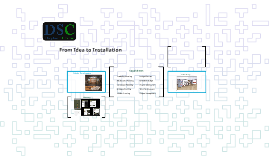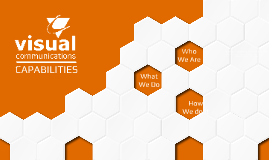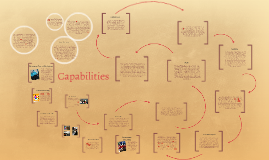Capabilities
Transcript: Demonstrate Personal Development The best way to communicate with me, is through verbal communication. If you want me to understand what it is you want me to learn, you will have to look me in the eye and tell me it. Now I think it is why I find it harder to learn in some environments because when they don’t look you in the eye, it gives off the feeling they don’t care. And if they don’t care, it makes us this we don’t have to either. When someone speaks to me, they have got my attention, and I will take in what they’re giving to me. Also, communicating through technology has also been very effective when it comes to me understanding new things as it is constantly something I will check many, many times so I will see it repetitively. Demonstrate Work As mentioned before, I work in customer service and retail. Both places are different yet alike. The places I work at are a newsagency, and a pizza place. One I like more than the other. Working at a newsagency meant I was given new things to learn constantly. The pressure of working with women who had been there for ages didn’t help, and working there isn’t relaxed and lately I spend the whole shift bitter. However, I can say it is a different atmosphere at the pizza place I work at. Working with people who share the same interests, in a smaller space has provided me with new relationships that have been built during I have been working there. The job itself is simple, although each time you don’t lose the feeling of being under pressure. Yet we do work together well. I demonstrate citizenship through working and associating myself with a sporting team. When I work, I am giving people what they want, and just doing things for them they can’t do. When I am playing sport, it is in a team game, where we have to work together to reach the main goal. Through that I have met many people, forgotten many people and tried to belong. To personally develop, I know I will need to get more organised, and to get off my butt and do things. So very unoriginal, and not very well thought through. But that is going to be my way of getting through the next 8 months. Mentally I’m going to have to toughen up, physically I want to be better and academically I know I’m going to struggle. I don’t plan using a structured way to learn these things, as it will be the experience teaching me what school can’t. Currently I am not too aware of many hopes and dreams for myself this year. There is just one blatantly obvious one in my life, and it is the event that will altogether take up 6 months this year. Six months is a lot of time to change who you are. In 6 months I could discover a passion for playing the harmonica, in six months I could grow another six inches or in six months I could discover some new things about who I am, how I adapt to new situations and I will change, a lot. Looking back at the last six months, I can definitely say I’ve changed, and there’s been no life-altering experience that’s been done since then. Work Currently I work at two places, and they are similar yet starkly different. I was given opportunities to tie myself in at those places and I took them. At my age I am concerned about getting a proper job when I’m older, however I am not in much control to be going out there and looking for a career path, aswell since I yet do not know what I want to do with my life. When I am older, I will want to participate in a job that challenges me every day, because when I am being challenged, it makes me less bored with the job, and I do not want to be stuck in the same old job doing the same old thing. Work is optionally participating in activities to benefit either the community or yourself. It builds skills and gives you another task to do in life. Work can be thought of only as something to help support; money wise, or as something you may enjoy doing and want to have a career in. Working requires one trait; enthusiasm for the job and willingness to learn to be better at the job. First I’s about learning new skills and adapting to the work like but it slowly becomes more important and you think about if you would like to spend your whole life doing that job. In most circumstances, the answer is no, which makes us really think if all the jobs out there are worth of us pursuing if we won’t enjoy it in later life. Learning is the way we take in new information and how it lets us grow as a person. Whether it academic learning, or learning general skills in life or at jobs. Through the many ways to learn, there are different ways for the different people. Some people learn best through doing the action to let them learn, others by logically looking at the problem, or sometimes people learn best through images or words. Everyone has a different learning style, and once we can define what is our best way is, we can be aware and it can help us develop as a learner. Yet no matter how much we learn as teenagers, there is also learning skills for when we are no longer protected

















